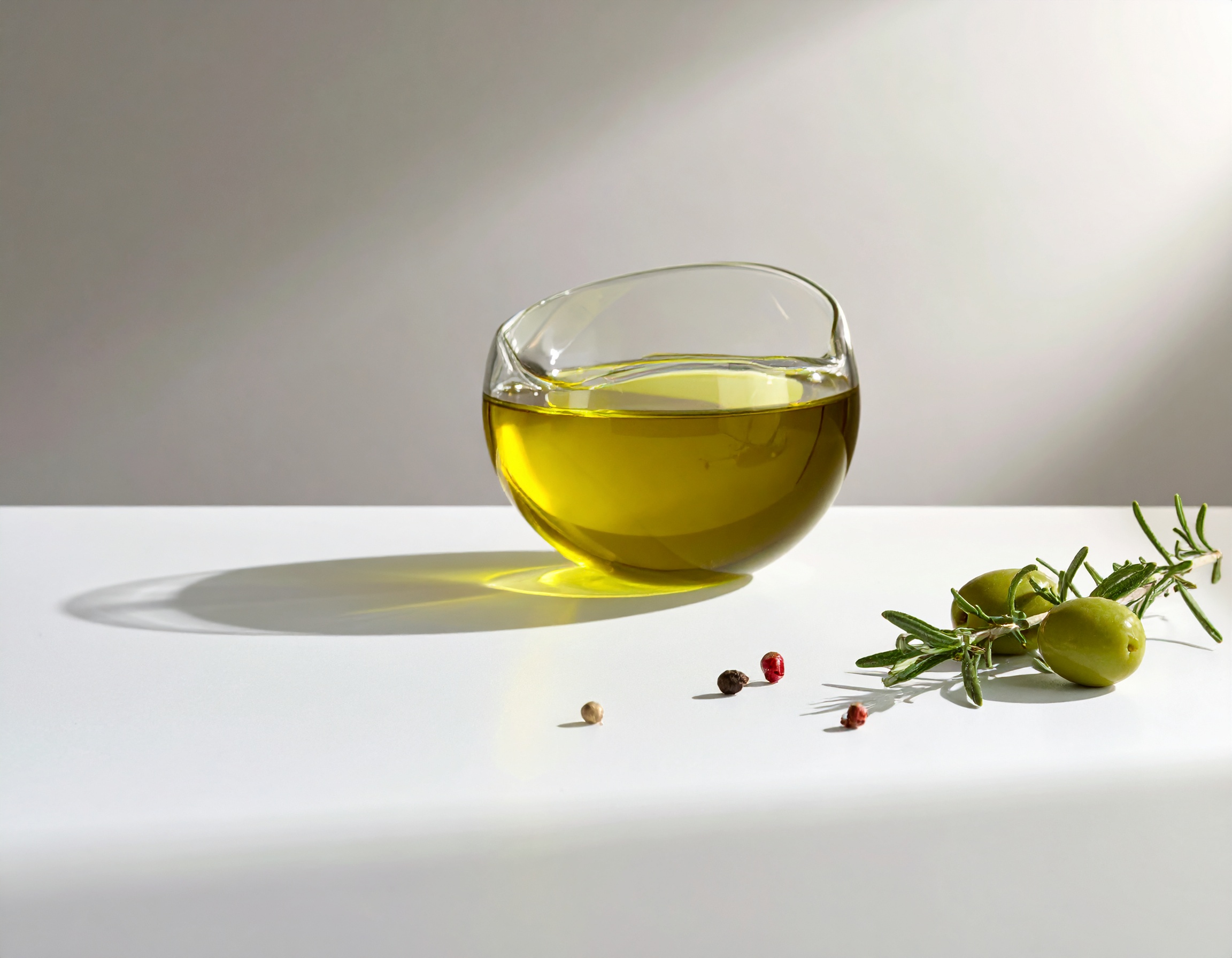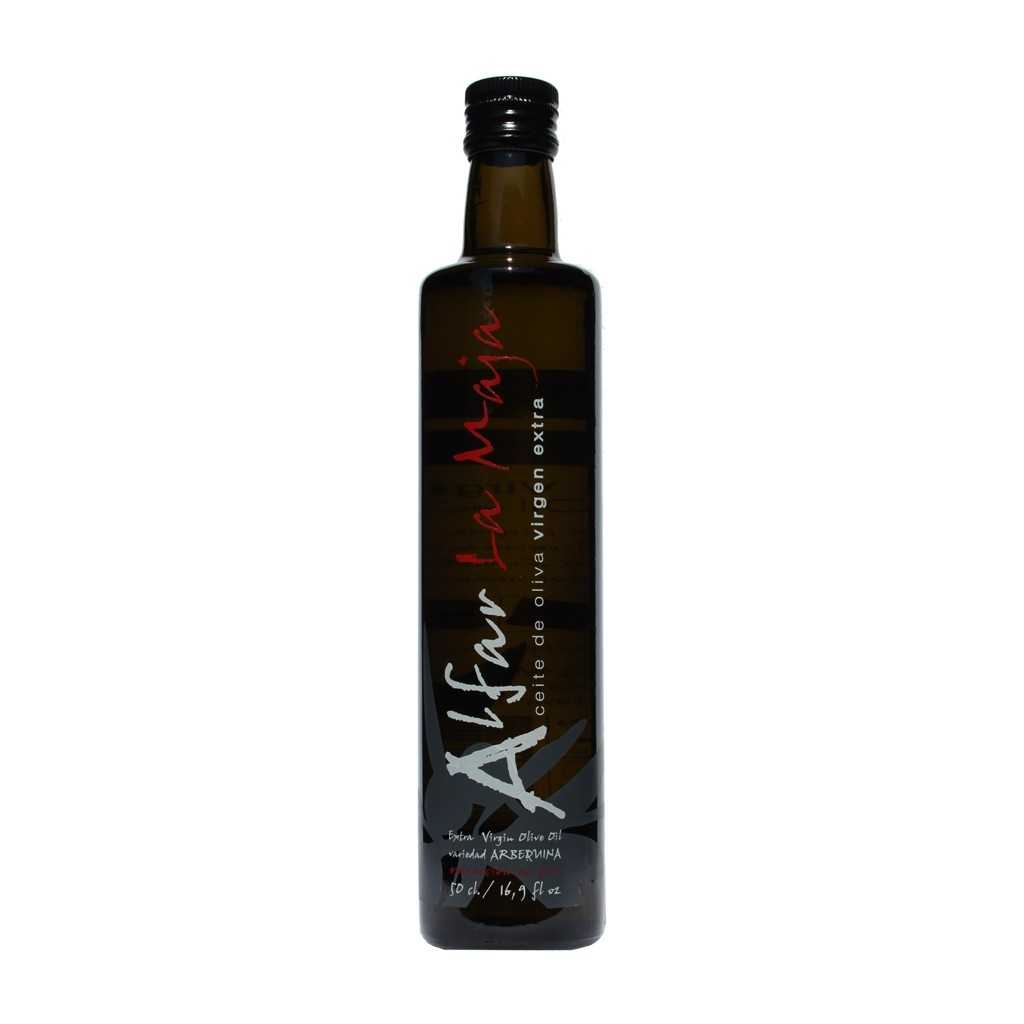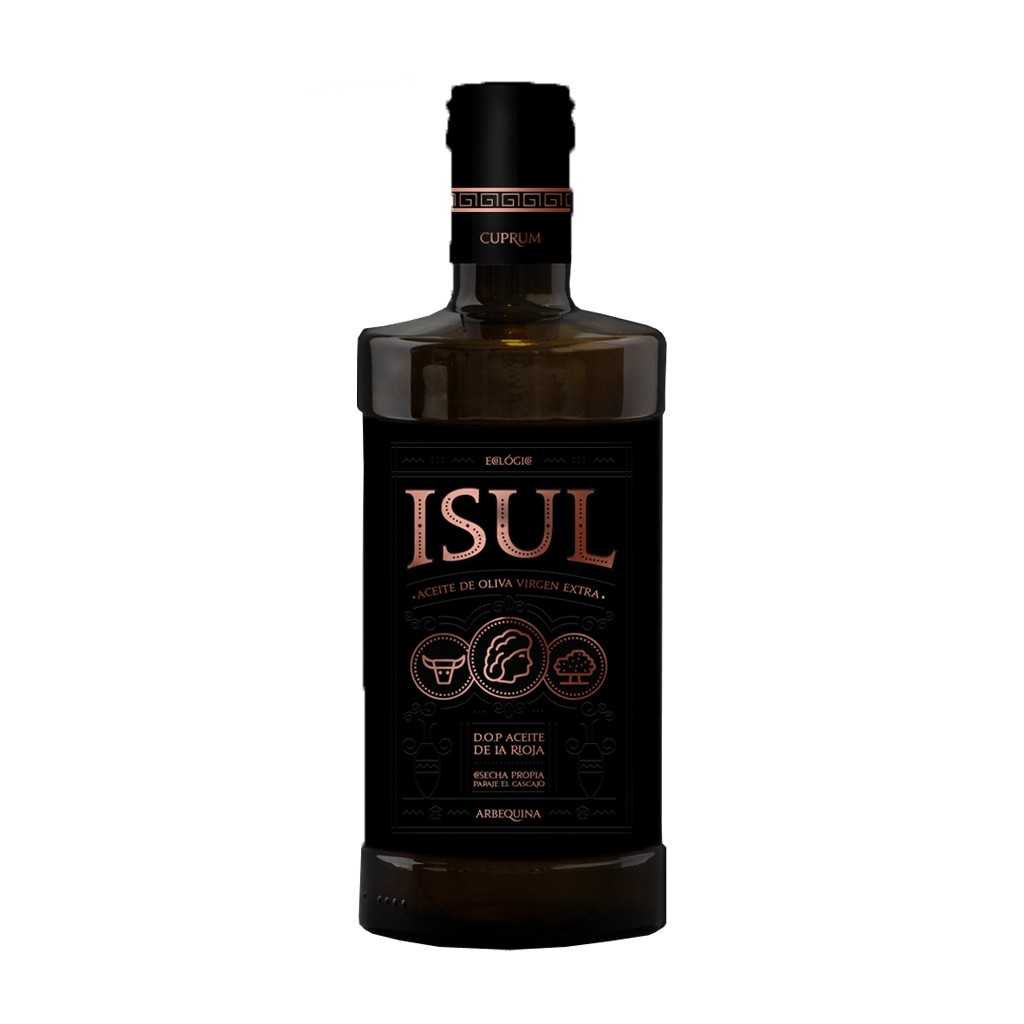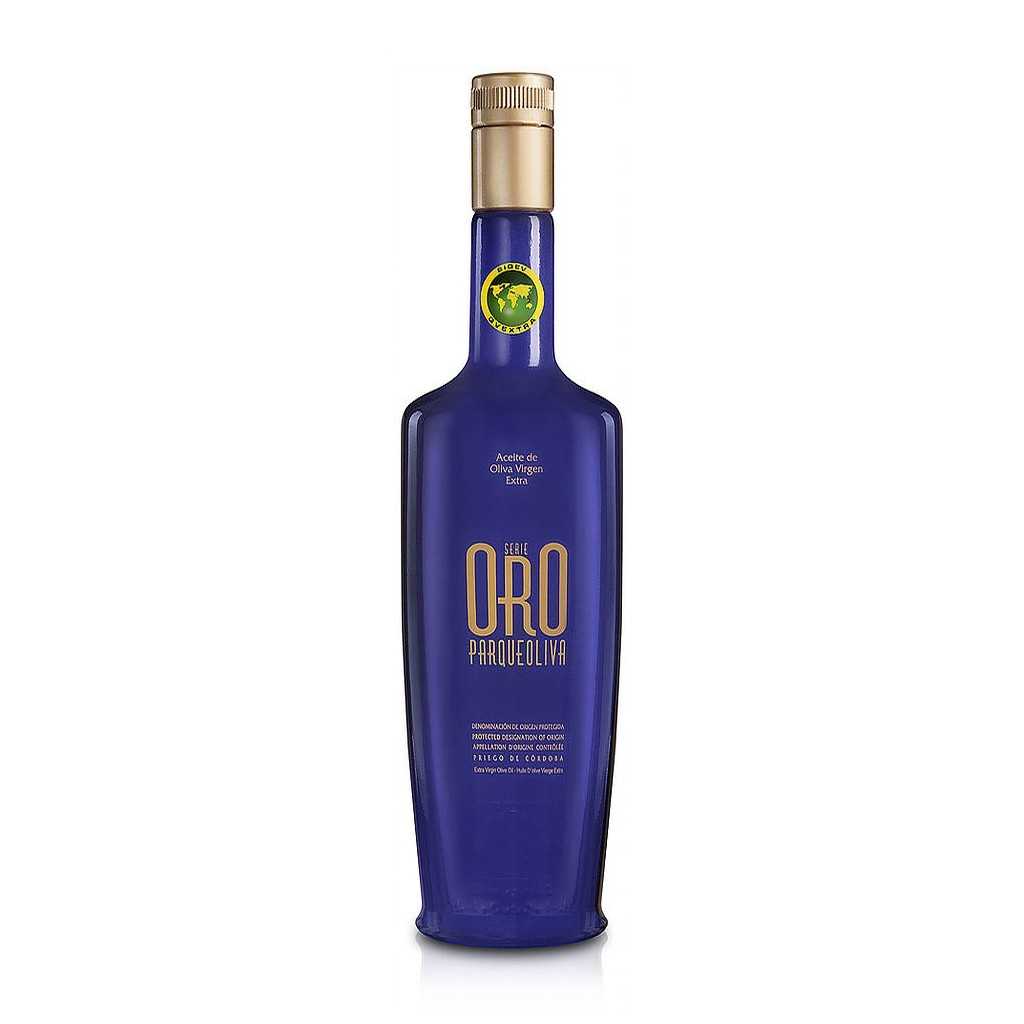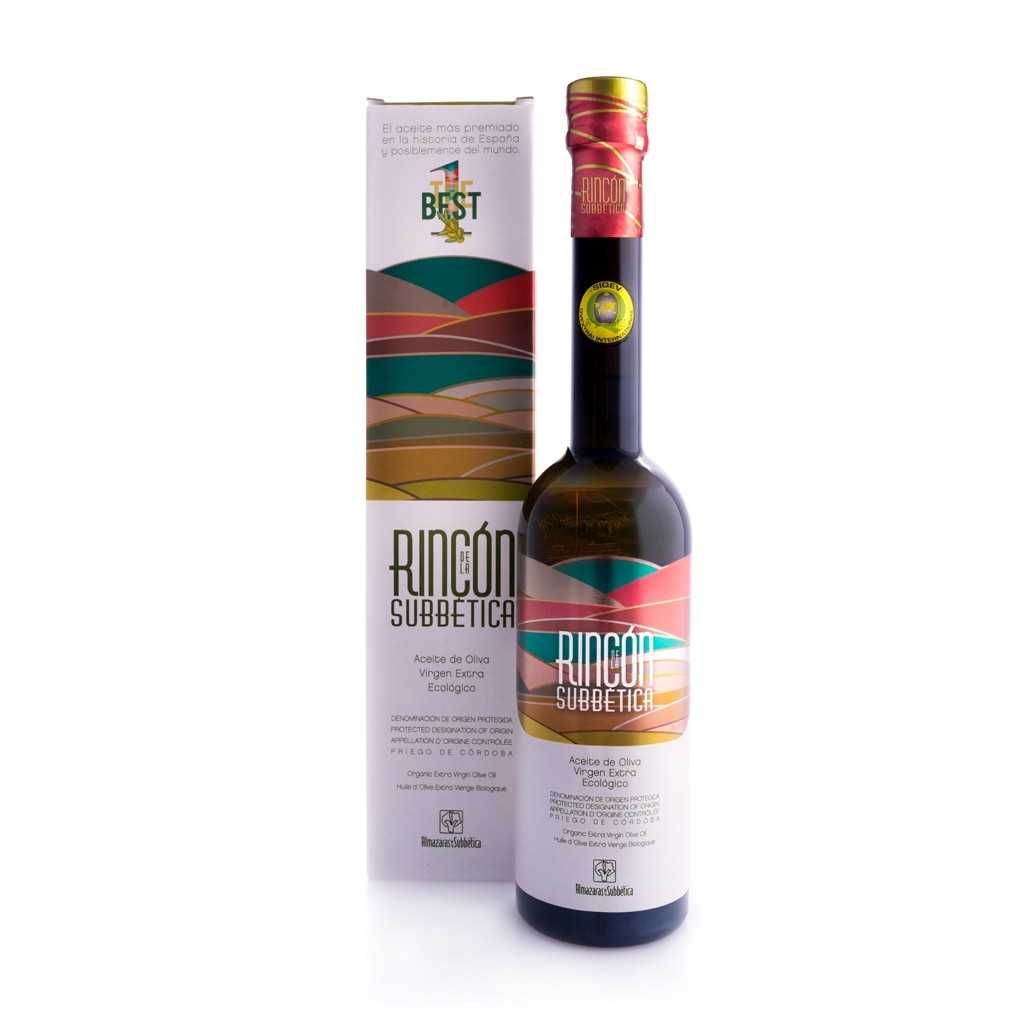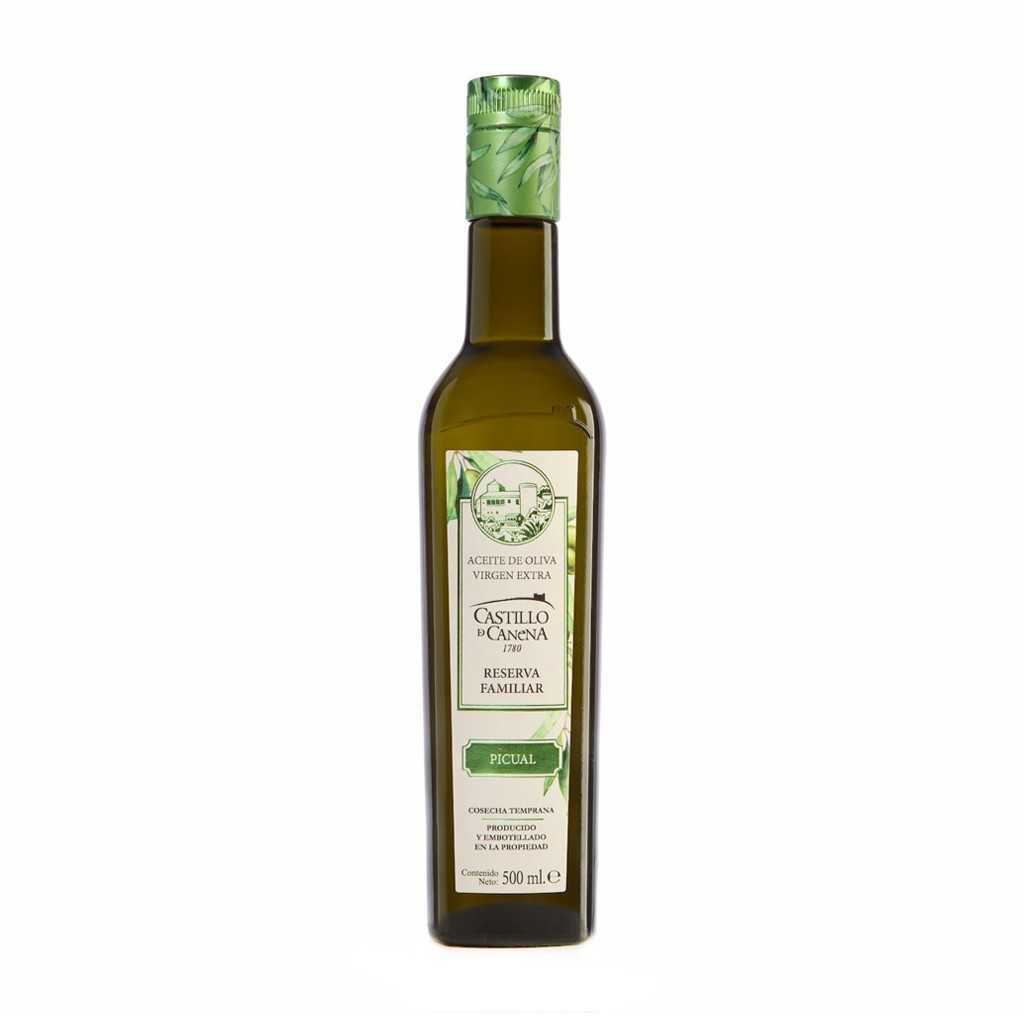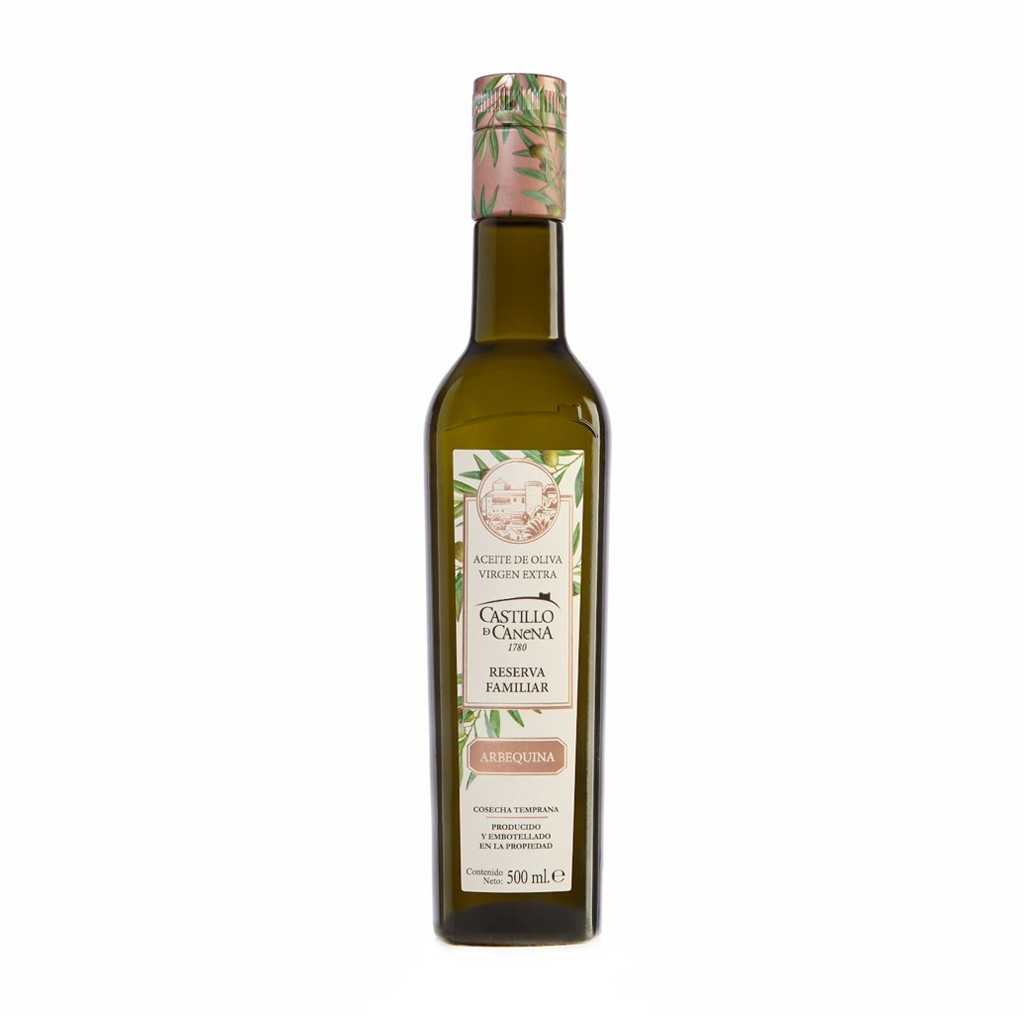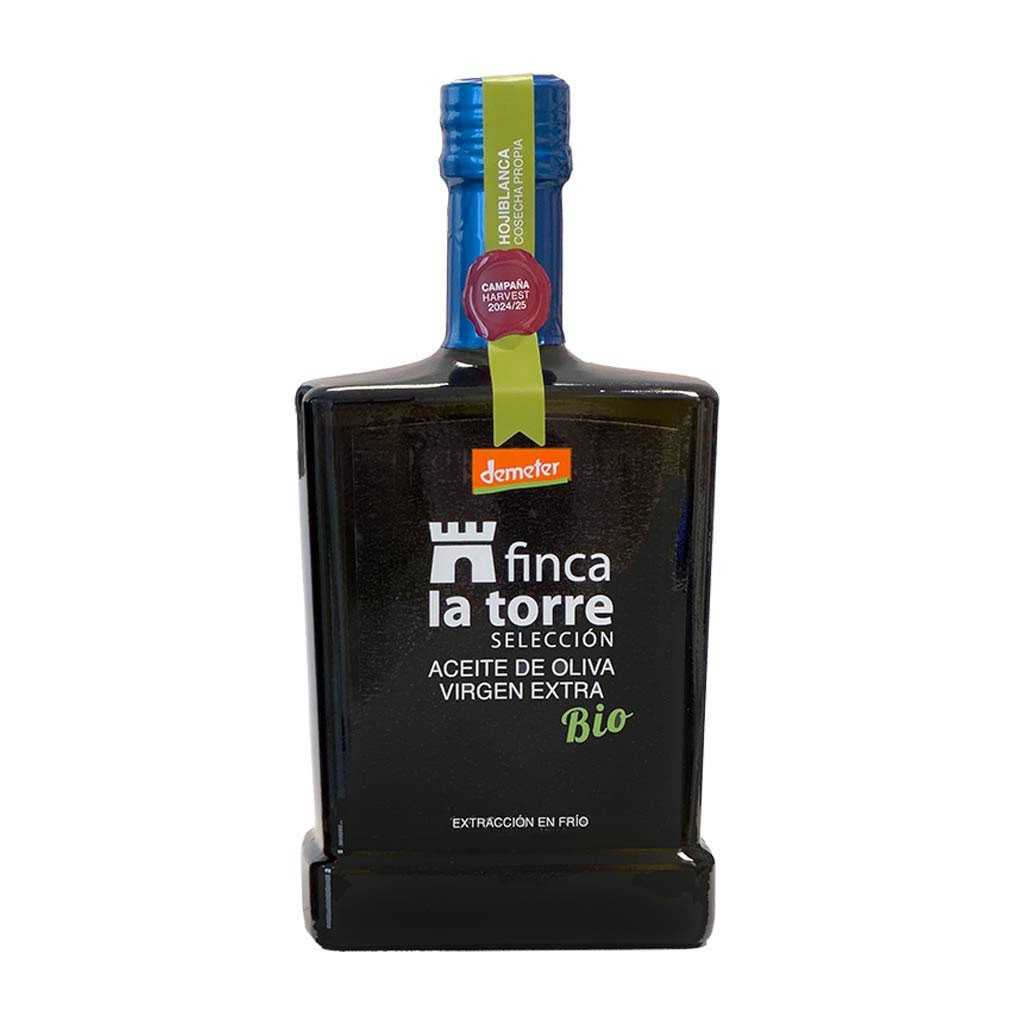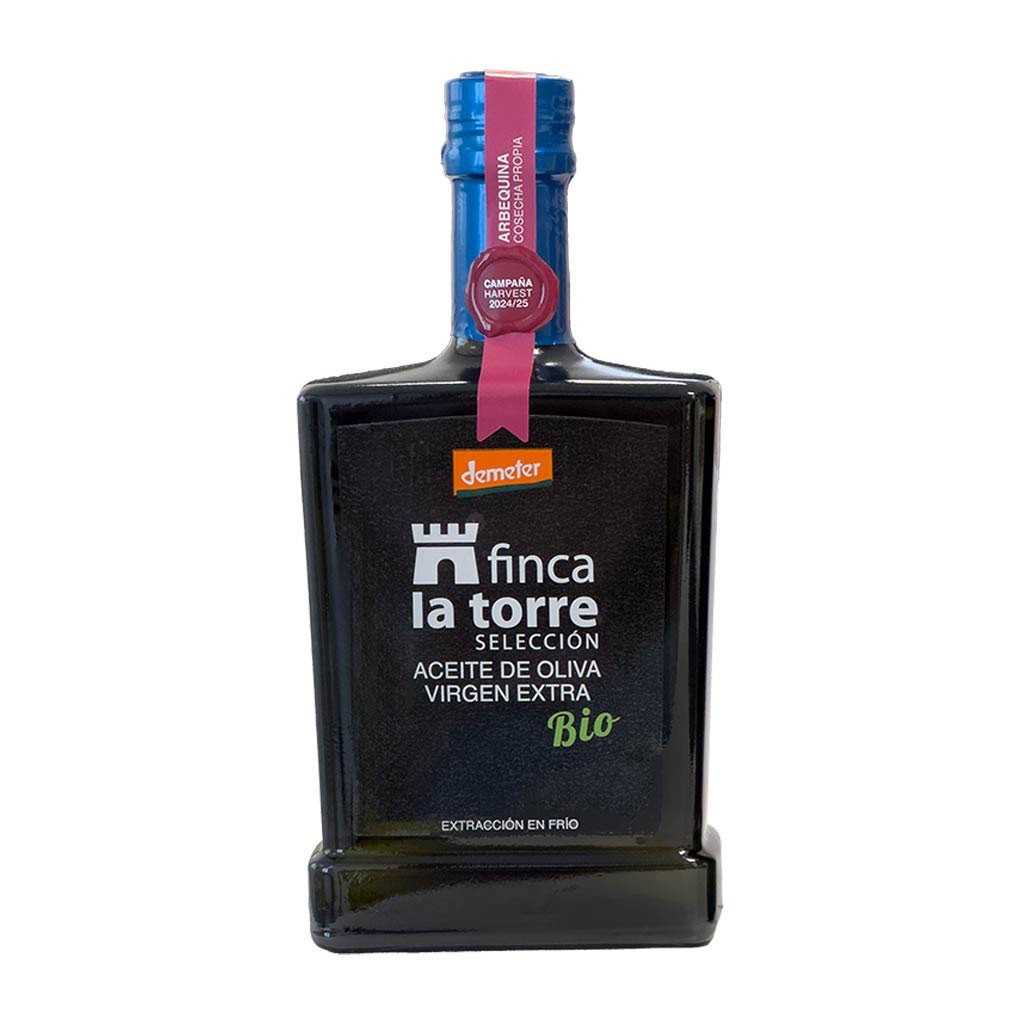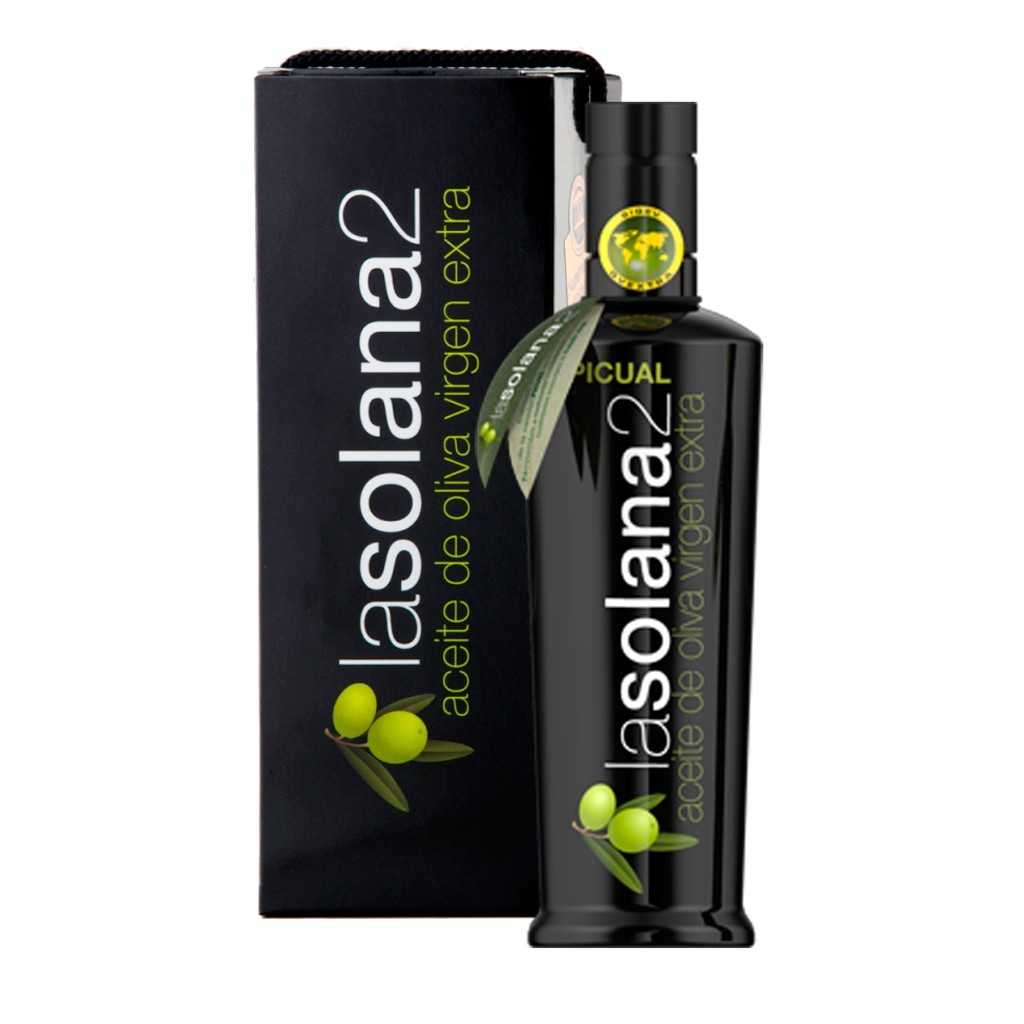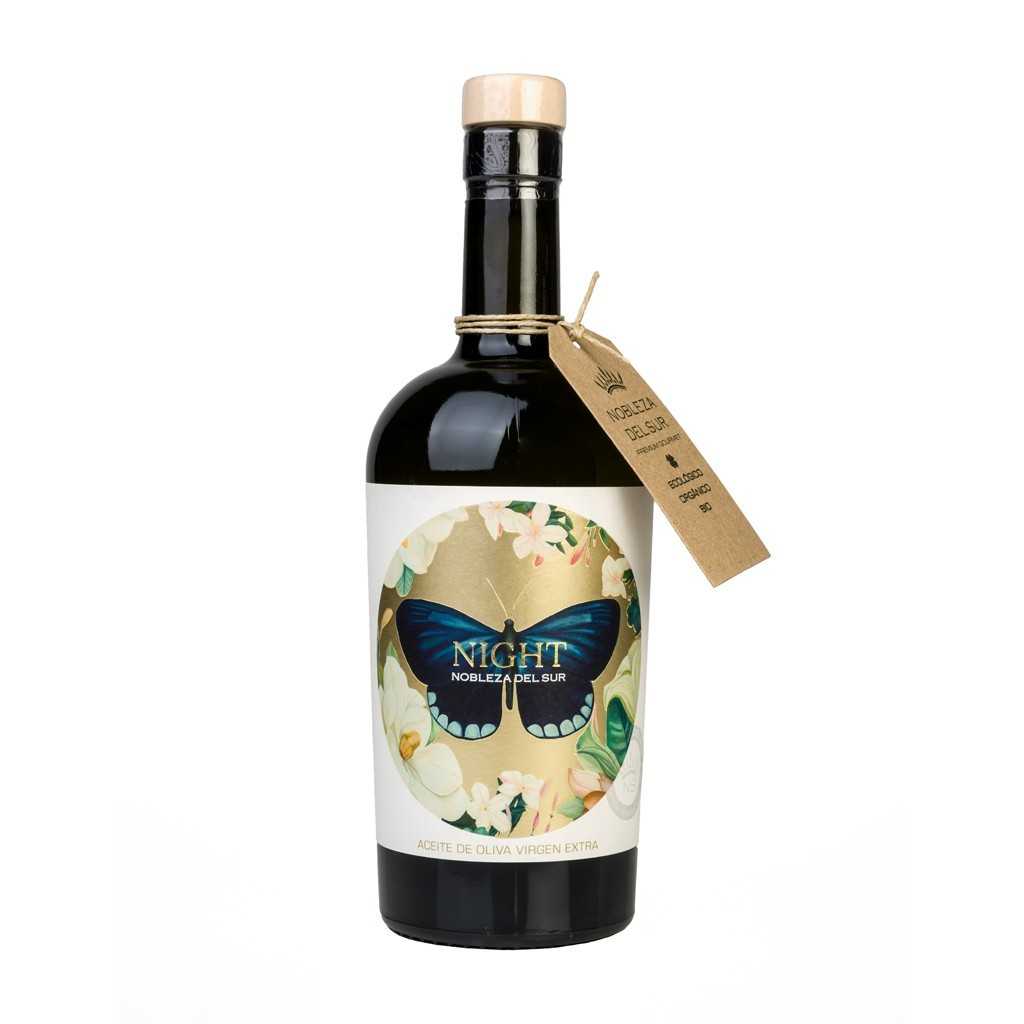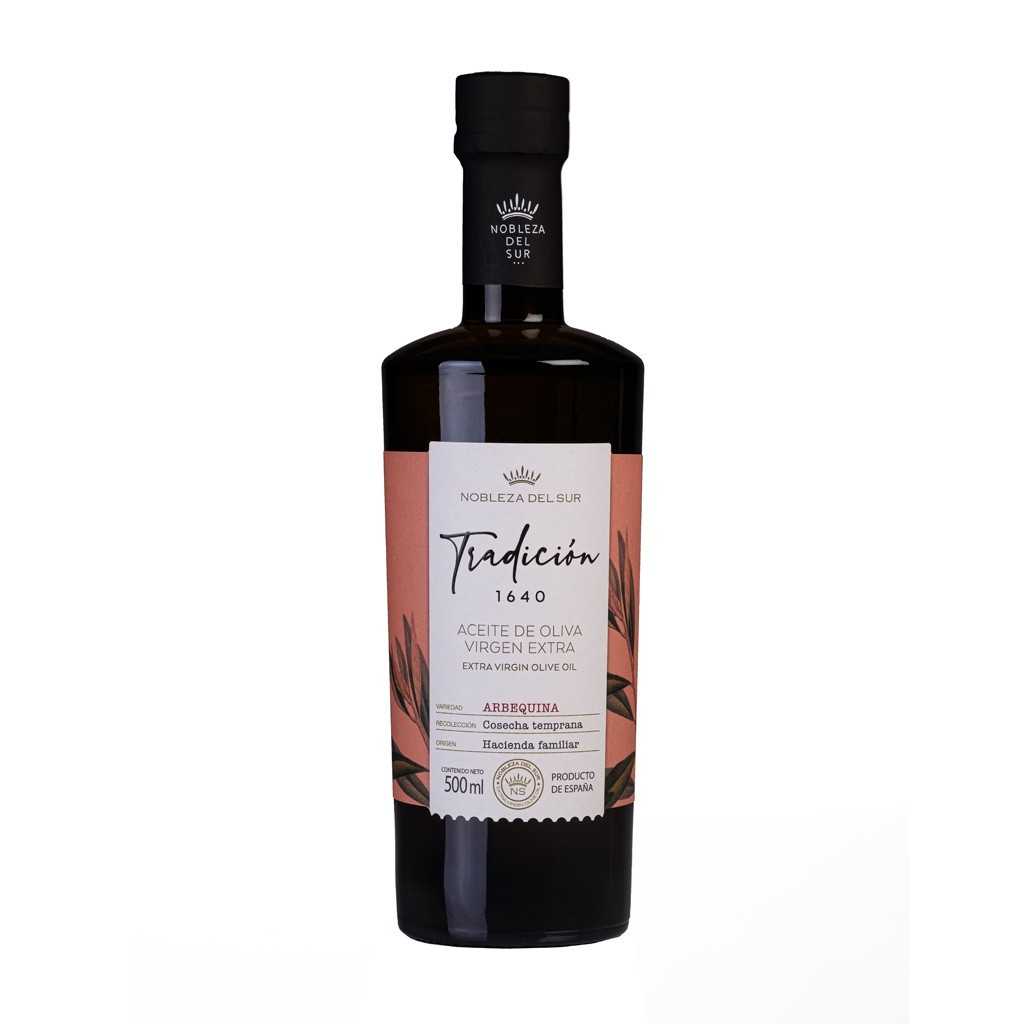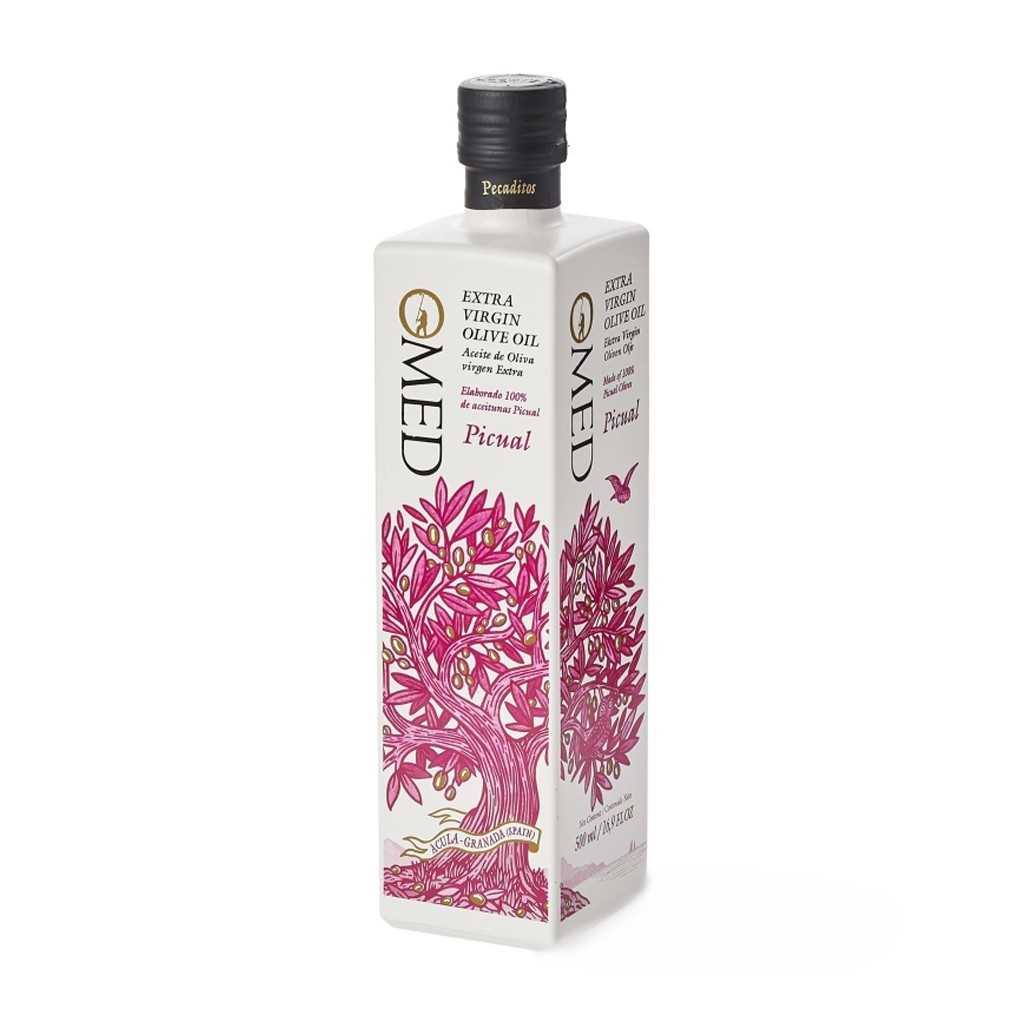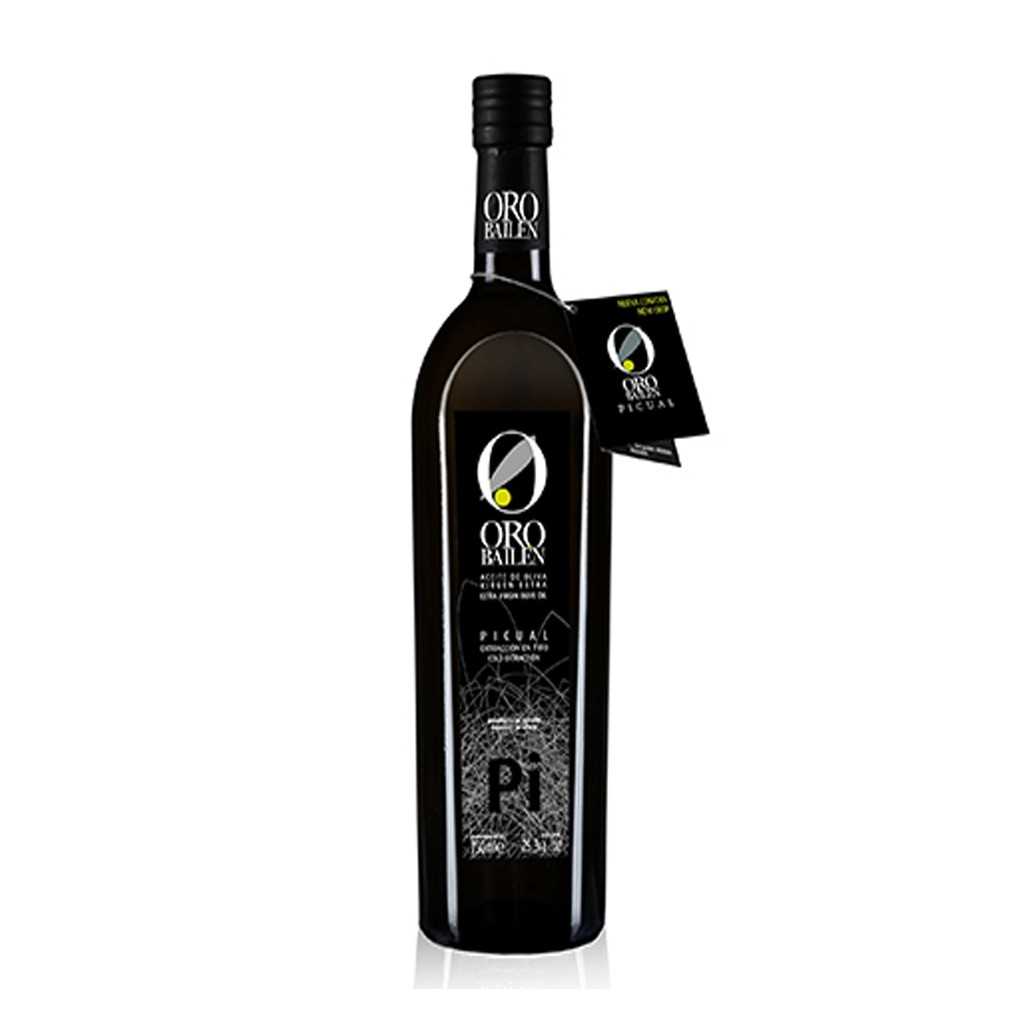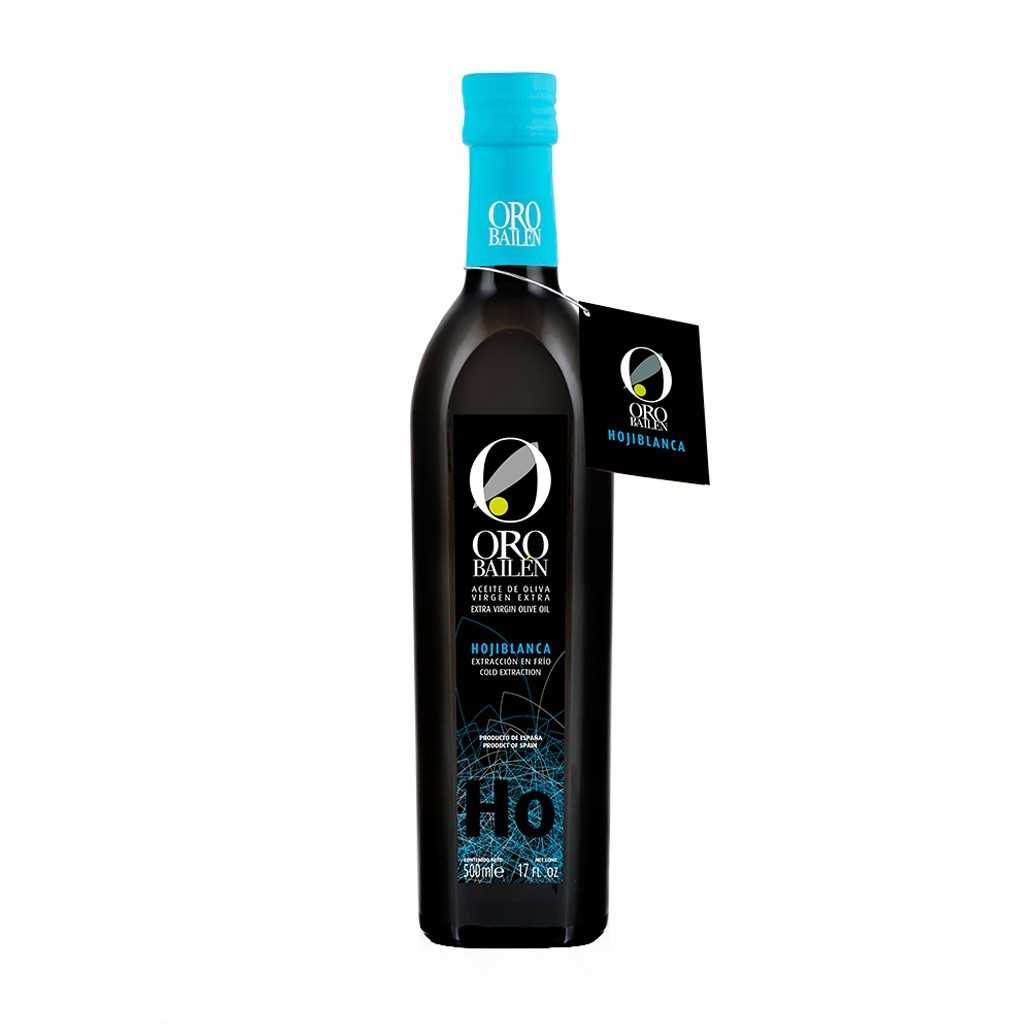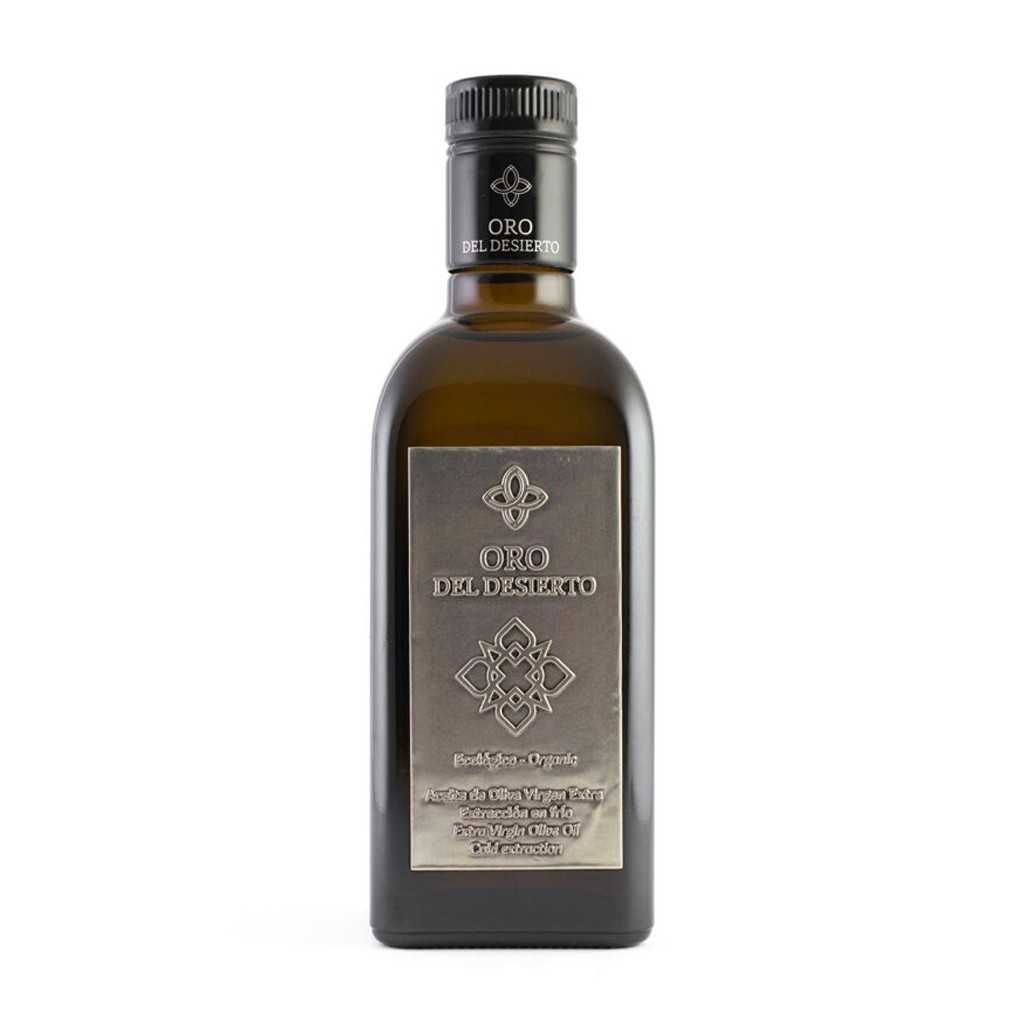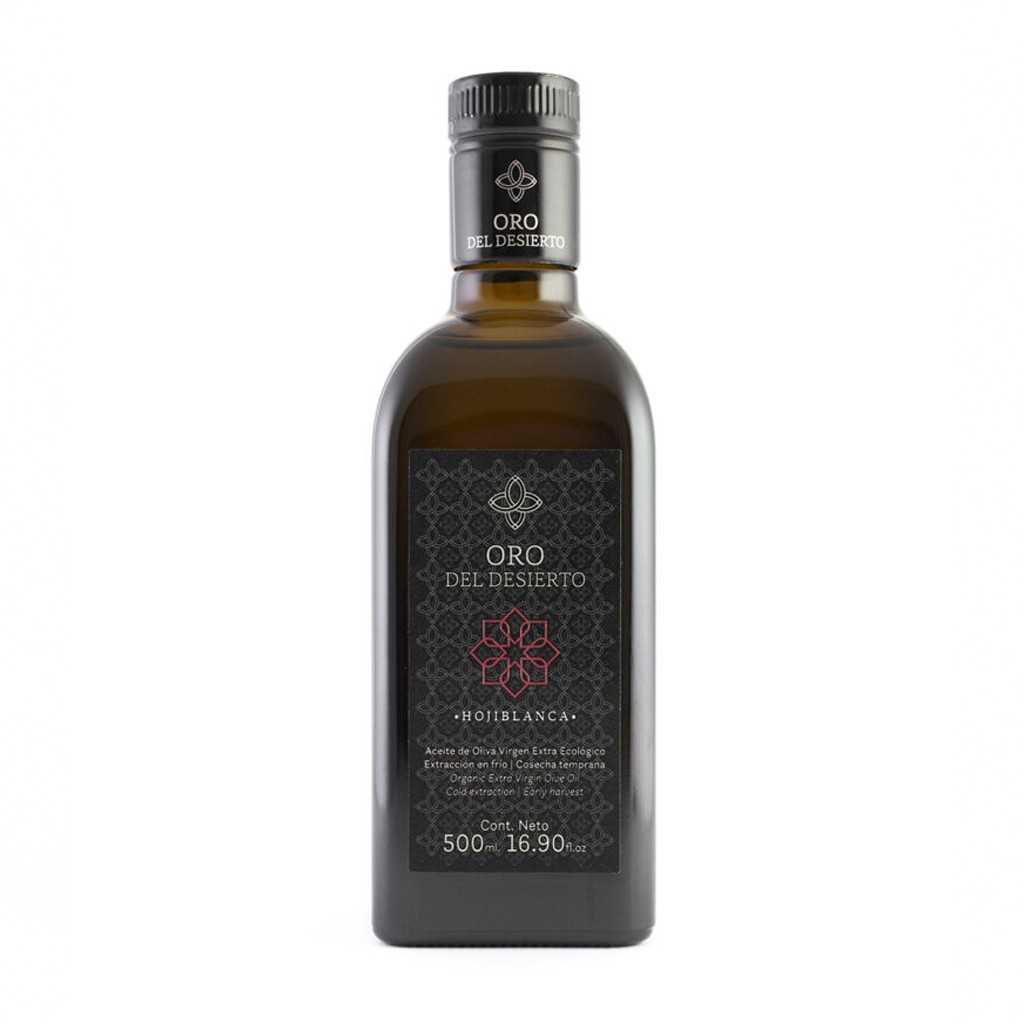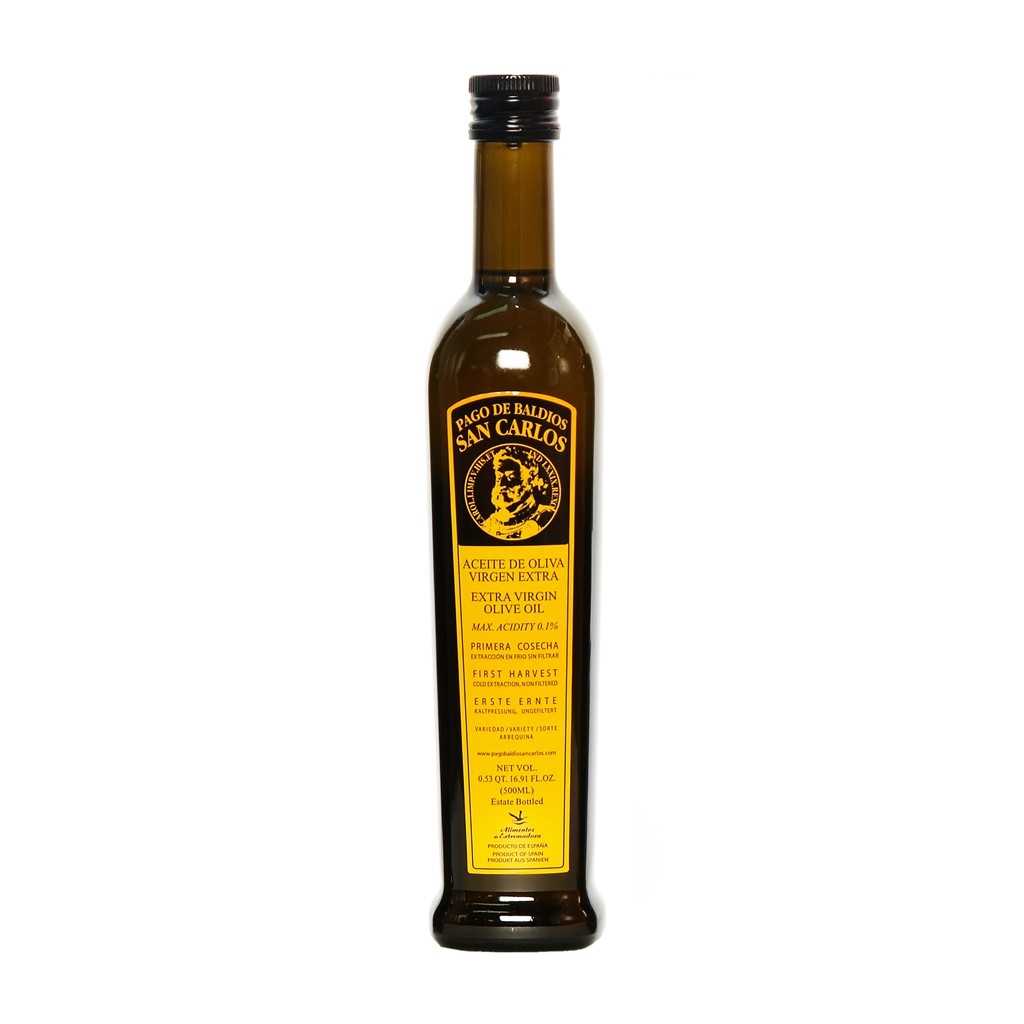In olive oil, acidity = free fatty acidity (FFA), expressed as % of oleic acid—it is not the sour taste you know from vinegar, nor a pH value (pH meters don’t apply to oils). Higher FFA indicates more free fatty acids formed by lipolysis (breakdown) when olives are bruised, diseased, left waiting before milling, or exposed to water/enzymes. Lower FFA generally reflects healthier fruit and faster processing
Does Lower Acidity Mean Better Flavor?
Not automatically. Free acidity is invisible to taste and odorless—you can’t detect it by palate. It’s a process/fruit-integrity indicator, not a flavor note. That said, oils from healthy fruit milled quickly tend to keep their aromas, polyphenols, and freshness better—so low FFA often correlates with quality handling, not flavor per se.
Official Limits and Grades (EU / IOC)
The following limits derive from the IOC trade standard and are mirrored in current EU rules:
-Extra-Virgin Olive Oil (EVOO): free acidity ≤ 0.8% and no sensory defects per panel test.
-Virgin Olive Oil: 0.8–2.0% with minor sensory defects allowed.
-Lampante (not edible): > 2% acidity and clear defects; must be refined for consumption.
What Drives Acidity Up (and How Producers Keep It Down)
The level of free fatty acidity (FFA) in olive oil is directly influenced by the condition of the fruit and the way it is processed. When olives are damaged, overripe, or left waiting too long before milling, enzymes and microorganisms start to break down triglycerides into free fatty acids. The more breakdown that occurs, the higher the acidity.
Factors that raise acidity include:
- Fruit health: Olives affected by pests, diseases, or excessive ripeness show higher FFA levels.
- Harvesting practices: Bruising the fruit during collection or using nets and machines improperly increases the breakdown of fatty acids.
- Delays in milling: If olives are stored for days before being crushed, lipolysis accelerates and acidity rises.
- Moisture and temperature: Contact with water and exposure to heat during storage also trigger unwanted enzymatic reactions.
On the other hand, producers who achieve very low acidity values follow strict practices to preserve fruit integrity:
- Harvesting olives at the optimal moment, usually early harvest when the fruit is still green and firm.
- Using gentle picking techniques that minimize bruising.
- Milling the olives within a few hours after harvest, often the same day.
- Employing modern cold extraction methods that keep temperatures below 27 °C, preventing oxidation and maintaining freshness.
- Storing oil in inert stainless steel tanks, under controlled temperature and away from light and oxygen.
This is why many award-winning Spanish almazaras (mills) proudly display acidity levels as low as 0.1–0.2% on their technical sheets — proof of careful farming and immediate extraction.
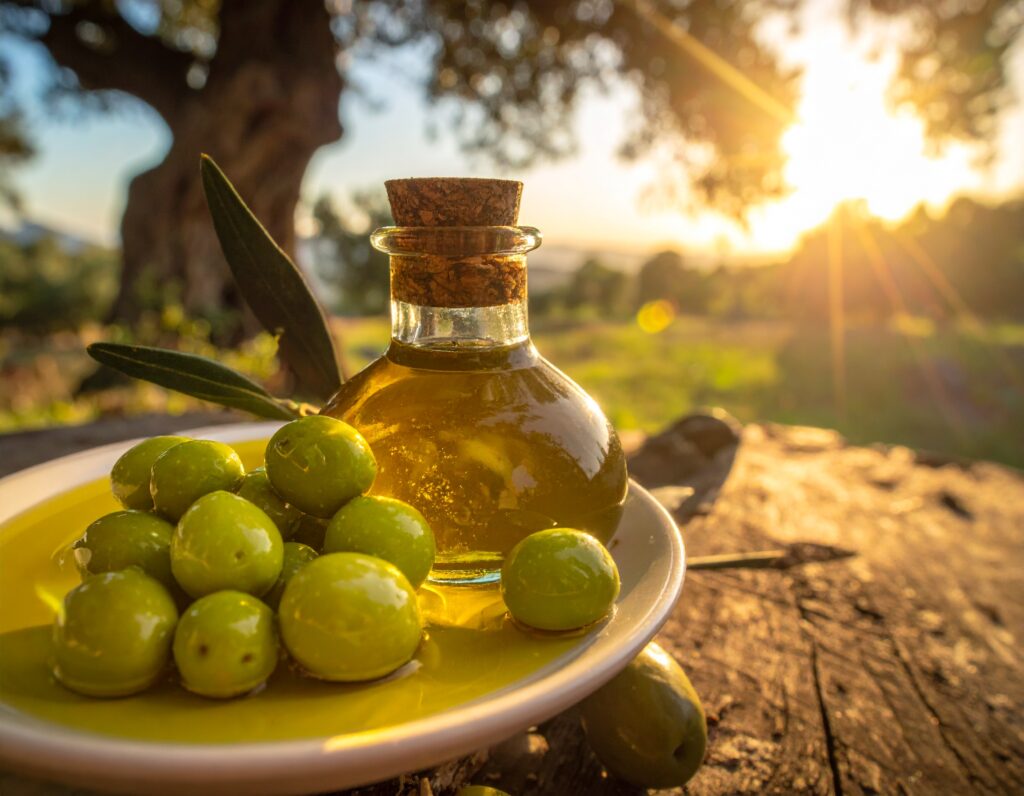
Spanish Mills and Stated Acidity in Most Popular Olive Oils
Check out and compare the acidity of the best Spanish olive oils in this table:
Where to Buy the Best Spanish Olive Oil
If you’re wondering where to buy authentic Spanish olive oil online, the answer is simple: at spanish-oil.com we bring you carefully selected bottles from award-winning Spanish mills, so you can enjoy the true taste of the Mediterranean at home.
- Unfiltered olive oil: everyday premium EVOO for salads, dipping, and cooking.
- Organic Olive Oil: sustainable oils rich in natural antioxidants.
- Cold-pressed: exclusive, early-harvest bottles perfect for food lovers and gifting.

